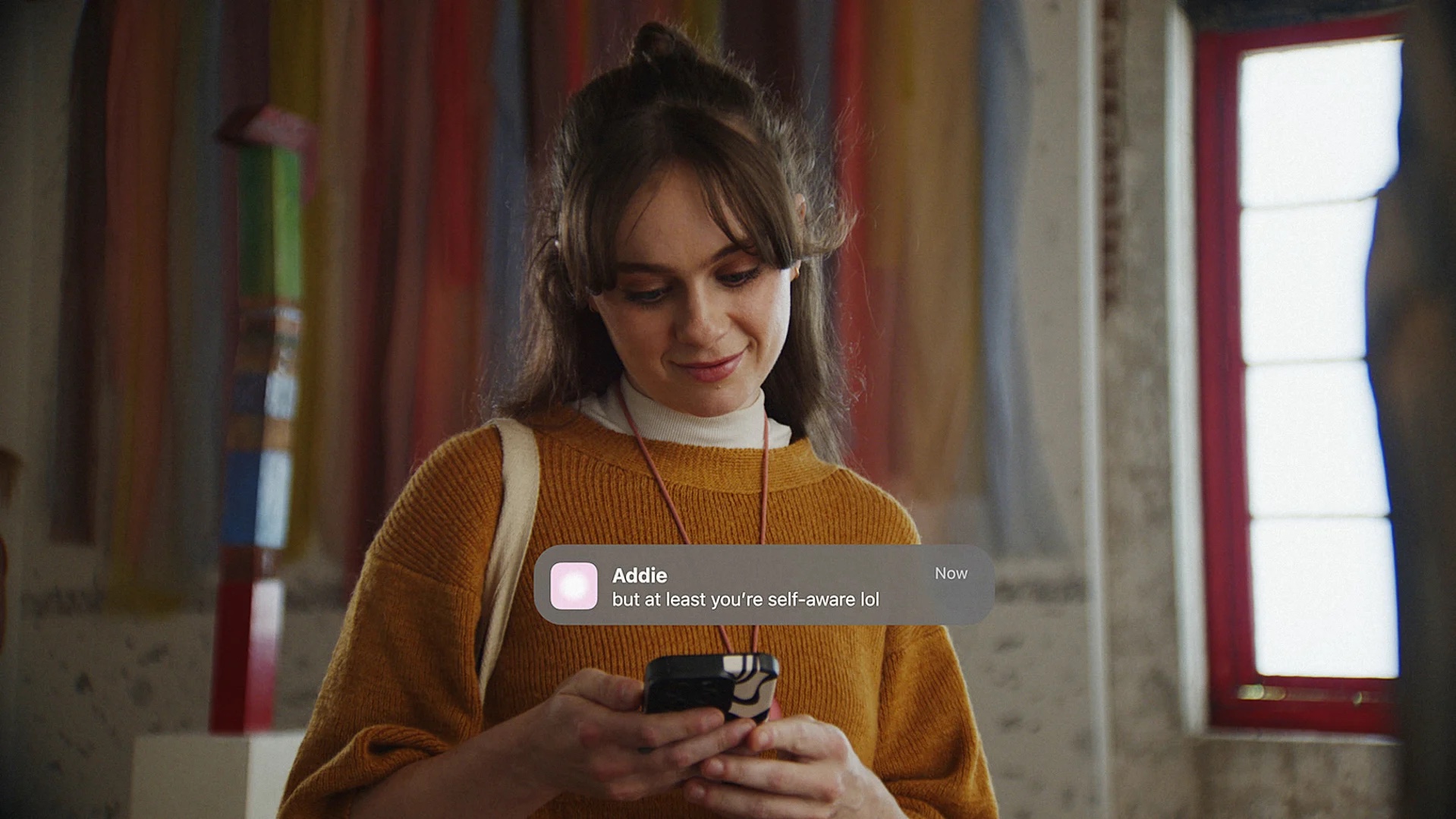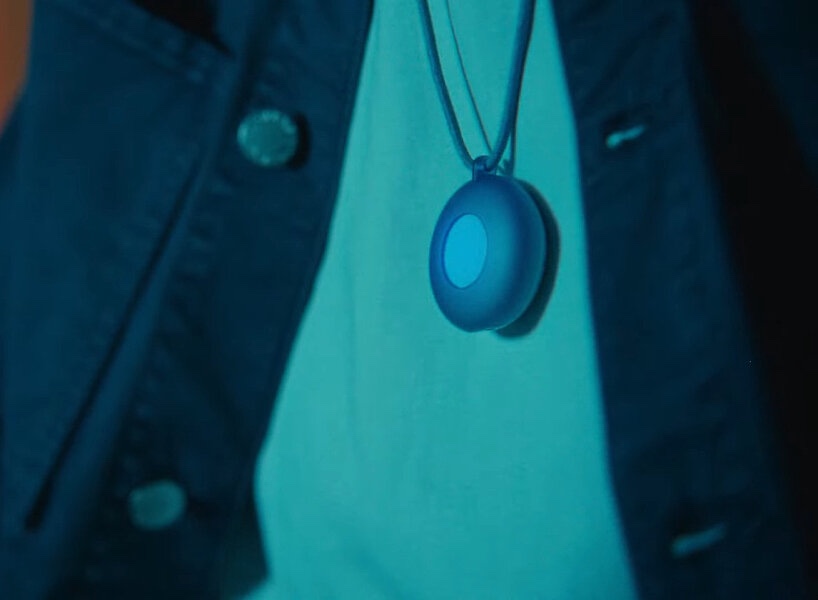
The Friend AI Necklace is a groundbreaking wearable AI device designed to serve as a personal companion, conversation partner, and intelligent assistant. Developed as an open-source platform, it allows users to interact with an AI in real time, providing companionship, assistance, and even memory recall of past conversations.
With recent leaks and announcements, the device is set to launch in early 2025 with a starting price of $99. This review will cover full specifications, features, and an expert analysis of its potential impact on the AI wearable market.
Specifications of Friend AI
• Form Factor: Circular pendant worn around the neck
• Processor: Custom AI chip for real-time audio processing
• Memory: Retains past conversations for contextual replies
• Battery Life: Up to 6 days on a single charge
• Connectivity: Bluetooth 5.0, Wi-Fi enabled
• Compatibility: Initially iOS-only, Android support planned
• Audio: Real-time voice transcription and AI-assisted responses
• Customization: Fully open-source for developer modifications
• Weight: Lightweight for all-day wear
• Data Privacy: AI processes conversations locally to ensure security

Features and Capabilities
1. Real-Time AI Conversation & Emotional Support
Friend AI isn’t just a regular voice assistant. Unlike Siri or Alexa, which focus on task execution, Friend AI is designed to be an emotional and social companion.
• It listens to conversations and provides contextual responses based on past interactions.
• It can suggest topics, respond with humor, or offer motivational support when needed.
• The AI learns user preferences over time, making its responses more tailored and relevant.

2. Memory and Recall Feature
One of Friend AI’s most unique features is its ability to remember past conversations and bring them up naturally when relevant.
• If you mentioned an important meeting last week, Friend AI can remind you about it.
• It remembers personal details (if permitted) to maintain a deeper, more personalized interaction.
• This feature enhances long-term companionship and makes the AI feel more human-like.

3. AI-Powered Transcription & Note-Taking
Friend AI continuously transcribes conversations in real time, making it perfect for:
✔ Students who need to take notes from lectures
✔ Professionals who want to document meetings
✔ Writers & Journalists capturing spontaneous thoughts
The transcription feature is also useful for reviewing past discussions, helping users stay organized and recall key details effortlessly.

4. Open-Source & Customizable AI
Unlike proprietary AI assistants, Friend AI is open-source, allowing developers to:
• Modify its behavior and responses
• Integrate it with other AI models like ChatGPT
• Develop new functionalities tailored to specific needs
This makes it an attractive AI companion for both casual users and tech enthusiasts.

Recent Developments and Release Information
As of January 2025, the Friend AI Necklace is available for pre-order at a price point of $99, with shipping expected to commence in January 2025. Initially, the device is compatible only with iOS devices, with plans to expand to Android in the future.

Expert Analysis
The Friend AI Necklace represents a significant advancement in wearable technology, particularly in the realm of personal AI companions. Its open-source nature not only fosters innovation but also allows users to tailor the device to their unique requirements.

The real-time audio transcription and conversation memory features are particularly noteworthy, as they provide users with a seamless way to capture and recall information. This can be especially beneficial in professional settings, educational environments, or for individuals seeking to enhance their daily interactions.

However, the concept of an AI companion raises important considerations regarding privacy and the nature of human-AI relationships. While the device offers the convenience of recording and transcribing conversations, users must be mindful of consent and data security. Additionally, while AI companions can provide support and companionship, they should not replace genuine human interactions. It’s essential to approach such technology as a supplement to, rather than a substitute for, real-world relationships








